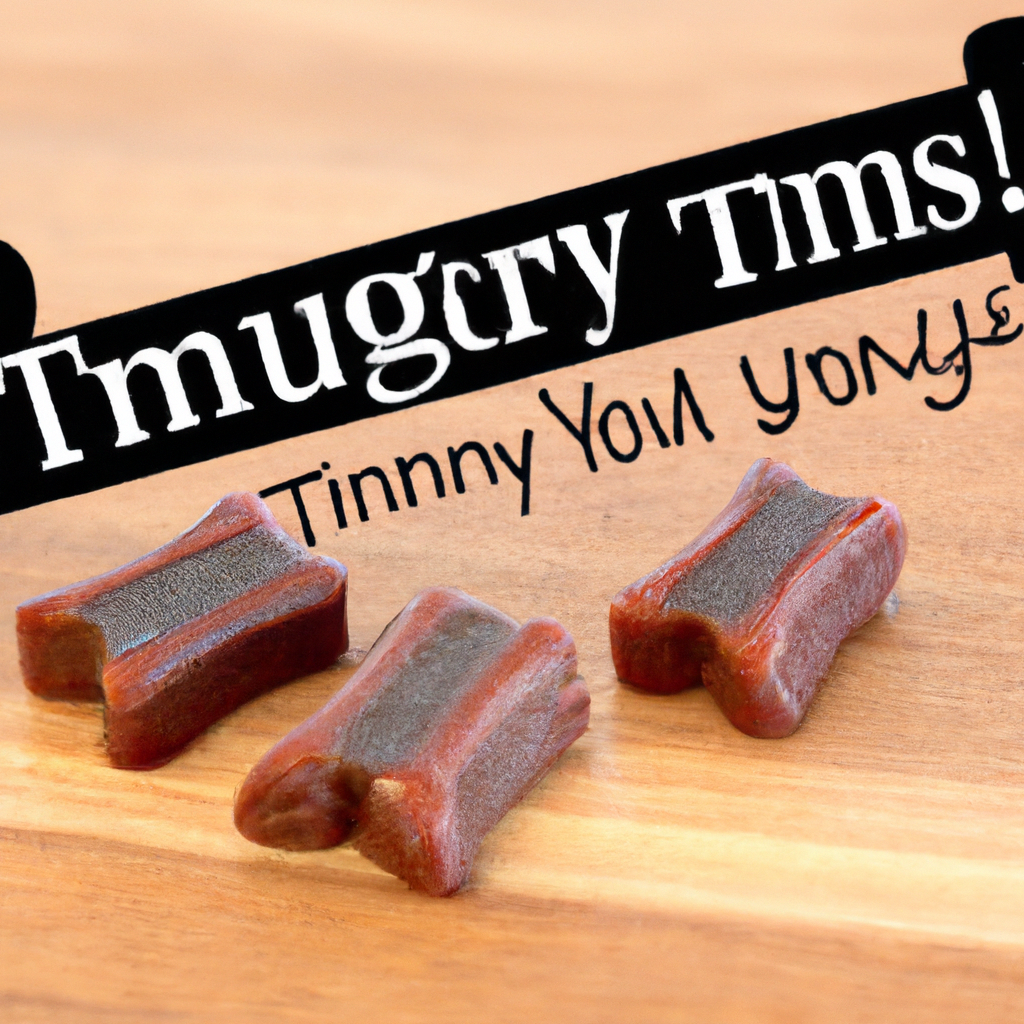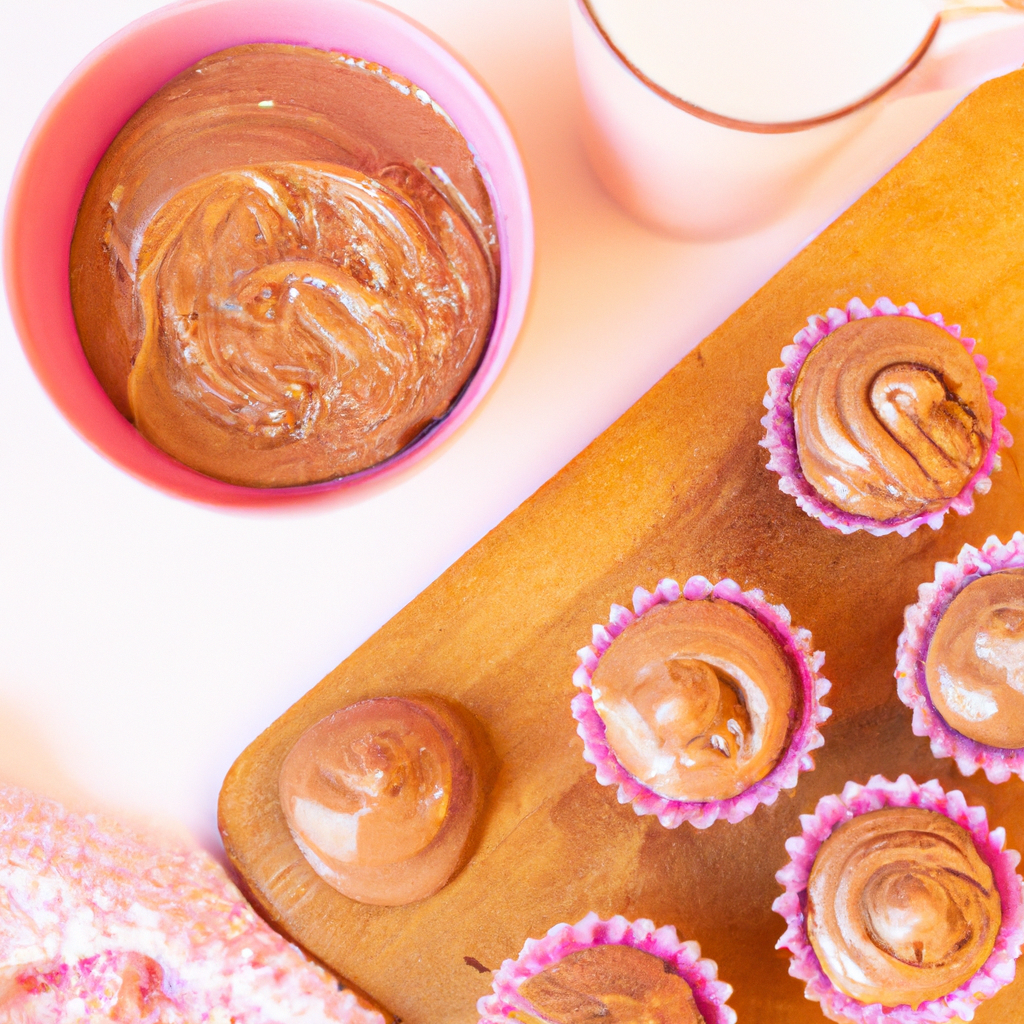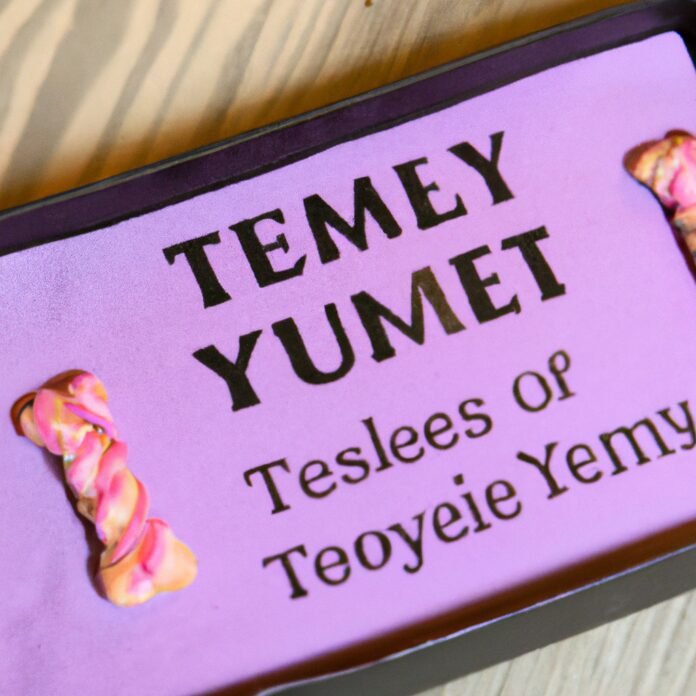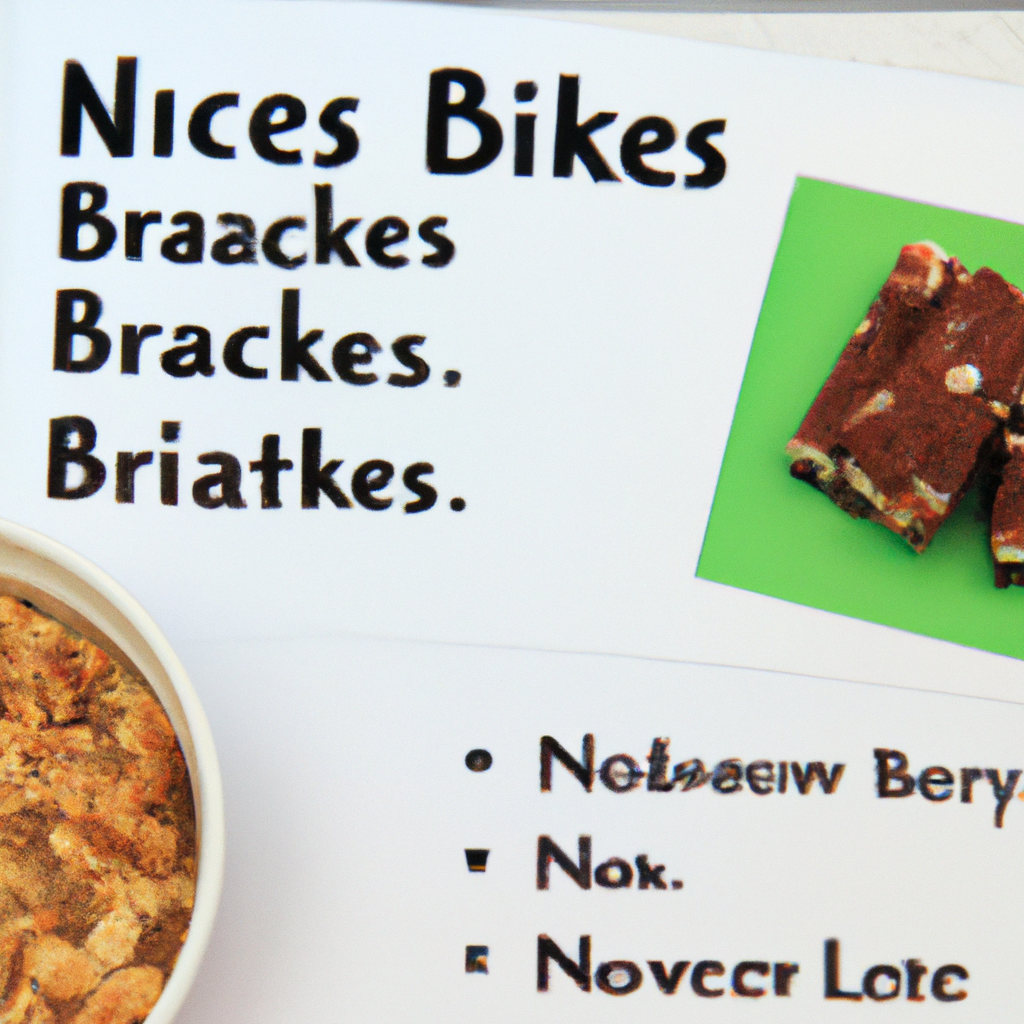There’s nothing like seeing the joy in your pup’s eyes when they get a treat – and, of course, the joy in your own when you watch them gobble it up! But training treats don’t just have to be about tasty treats – they can also be a great way to motivate and reward your pup for positive behaviors. With the right treats, you can help your pup learn quickly and have lots of fun along the way. Read on for more tips and information about irresistible training treats!
1. Crafting the Perfect Training Treat
When it comes to training your four-legged canine companion, it can be difficult to figure out what kind of treat to give them. We know that rewards are a great way to make sure your pup understands what you’re trying to teach them and stays engaged in the learning process. But now the question is, how do you create the perfect training treat? Here are a few tips to get you started:
- Choose a Treat that’s Easy to Chew: The best treats for training are ones that are easy to chew. This makes it easier for your pup to snack quickly and keep their concentration on the task at hand. Soft treats like fresh fruit, small pieces of cheese, or meat jerky are some popular choices.
- Keep it Interesting: Make sure to switch up the type of treats you’re giving. Not only will this keep your pup physically healthy, but it will also help keep them mentally engaged in the training process. Try a variety of kibble, dried meats, fruits/veggies, and whole-grain treats.
- Pick Something Your Pup Enjoys: This one seems simple enough, but make sure to pay attention to the type of treat your pup enjoys the most. Every pup has different taste and texture preferences, so select something that your pup loves – that way they’ll benefit from the tasty reward and be more eager to learn.
- Don’t Overdo it: The rewards should be given sparingly. Too many in one sitting can make your pup lose focus and be less likely to listen and obey your commands. Unless your pup is doing an especially complex task, keep it to 4-5 maximum treats.
The perfect training treat should be one that your pup looks forward to, and knowing what your pup enjoys should help you master the craft. Not only will your pup be raring and ready to learn but they’ll also be excited for the yummy rewards that come with it. Get creative and keep their interests in mind – the perfect treat can do wonders for your pup’s training.

2. Step-by-Step Guide to Creating Irresistible Rewards
Generating rewards for your customers isn’t as difficult as it may seem – all you need are a few simple steps and you’ll be able to create irresistible offers. Here’s a step-by-step guide:
- Set a goal: Before you start designing rewards, it’s essential to set meaningful goals. This will help you assess how other activities impact your progress.
- Identify target customers: This will help you create rewards that are valuable for your most likely customers, that have the most potential to generate the most ROI.
- Analyze the marketplace: Determine what kind of rewards are currently available for your customer segment, and what new rewards may provide more value compared to existing ones.
- Create unique rewards: Now it’s time to develop some delicious rewards for customers. Focus on creating rewards with high perceived value, but low redemption cost.
- Test and refine: Once you’ve tested out your rewards, revise them in order to boost performance. Consider changing aspects like redemption thresholds, expiration dates, and more.
Not only are rewards effective ways to incentivize customers to purchase, but they can also increase customer satisfaction. Every store has pre-existing customers, so putting the effort into creating great rewards for them is absolutely worth it.
There are many ways to go about creating rewards, just make sure you do your homework before designing. Research demographics, customer wants, current products/services, and more. That way you’ll be able to make sure your rewards are truly “irresistible”.
3. Unleashing the Power of Positive Reinforcement
It’s true that positive reinforcement can have a powerful effect on a person’s frame of mind and work output. In the workplace, positive reinforcement helps to cultivate a more immersive and proactive approach to tasks, creating an atmosphere of friendly competition and better results. Here are some ways to put the power of positive reinforcement to work:
- Reward successes – Achievements, no matter how small, should be acknowledged and rewarded. Praise and recognition go a long way in boosting morale, encouraging everyone to strive for more. Think about complimentary snacks, awards, and even small celebrations for a job well done.
- Focus on the positives – Instead of focusing on what hasn’t gone well, celebrate what has gone well. A small acknowledgement can make someone’s day, and being able to share in the good news with colleagues is rewarding in itself.
- Building good relationships – Professional relationships built on mutual trust and respect are essential for success. Positive feedback helps boost the confidence of team members and can make the daily grind much more enjoyable.
Positive reinforcement isn’t just about rewards – it’s about using unbiased feedback and unbiased tokens of appreciation to motivate employees. As with anything, this type of reinforcement should be used carefully and with consideration. Too much of a good thing can be counterproductive, and too much “positive” can lead to a sense of favoritism or special treatment.
Conversely, if used strategically, positive reinforcement can be incredibly effective in creating a successful workplace environment. It can inspire creativity, increase engagement, and boost loyalty – ultimately improving the end result for the business.
Finally, positive reinforcement should also be balanced with corrective feedback to help employees build better habits and develop better skills. Positive reinforcement with feedback creates an atmosphere of accountability and development, allowing individuals to proactively monitor their progress and make long-term improvements.
4. Discovering the Joy of Training with Tasty Treats
Treat-based training offers a great way to motivate canines by appealing to their innate love of food! By using a variety of treats when training, you can enjoy the process of teaching the correct behaviors, along with your faithful companion. Treats also work as a reward system, with canines becoming motivated as the valuable rewards become more frequent.
Providing treats during training isn’t just about appealing to the canine’s stomach though. It’s about forging a strong connection with your canine. When it comes to training, positive reinforcement produces stronger, longer-lasting results. As you dole out the rewards, the canine will associate you with pleasure and happiness.
With so many different types of treats to choose from, you can get creative. Here are a few ideas for having some fun in the training process:
- Freeze-dried diets – freezer-dried foods offer excellent nutrition and come in a variety of flavours. Perfect as a quick reward during the training .
- Homemade treats – food rewards like home-made meatballs or peanut-butter-filled dogs are great ways to give your canine extra nutrition. Plus, the cooking process itself is an enjoyable activity!
- Healthy snacks – if you don’t feel like making your own treats, there are many healthy snacks available from healthy pet stores. Try freeze-dried liver and your canine will be begging for the next training session!
When training with treats, remember that they should be given sparingly. You don’t want to spoil canine appetite or create an obesity risk. Be mindful of how much you give, and use treats as just one of the training tools. Too much reliance on rewards can lead to a canine that is only obedient when food is involved, rather than a pet that is well-mannered all the time.
Overall, training with treats can be lots of fun for both you and your canine. Fun and tasty treats can make the learning process enjoyable, while also providing essential motivational rewards!
Tempting treats can be a great way to reward dogs for good behavior, but it’s important to remember that intangible rewards—love, cuddles, and praise—are even more rewarding. By including a combination of tasty treats and positive reinforcement in your pet’s training routine, you’ll ensure they look forward to learning and build a strong bond between the two of you. With a bit of patience and plenty of yummy rewards, you and your pup can take your training to a delicious new level!



